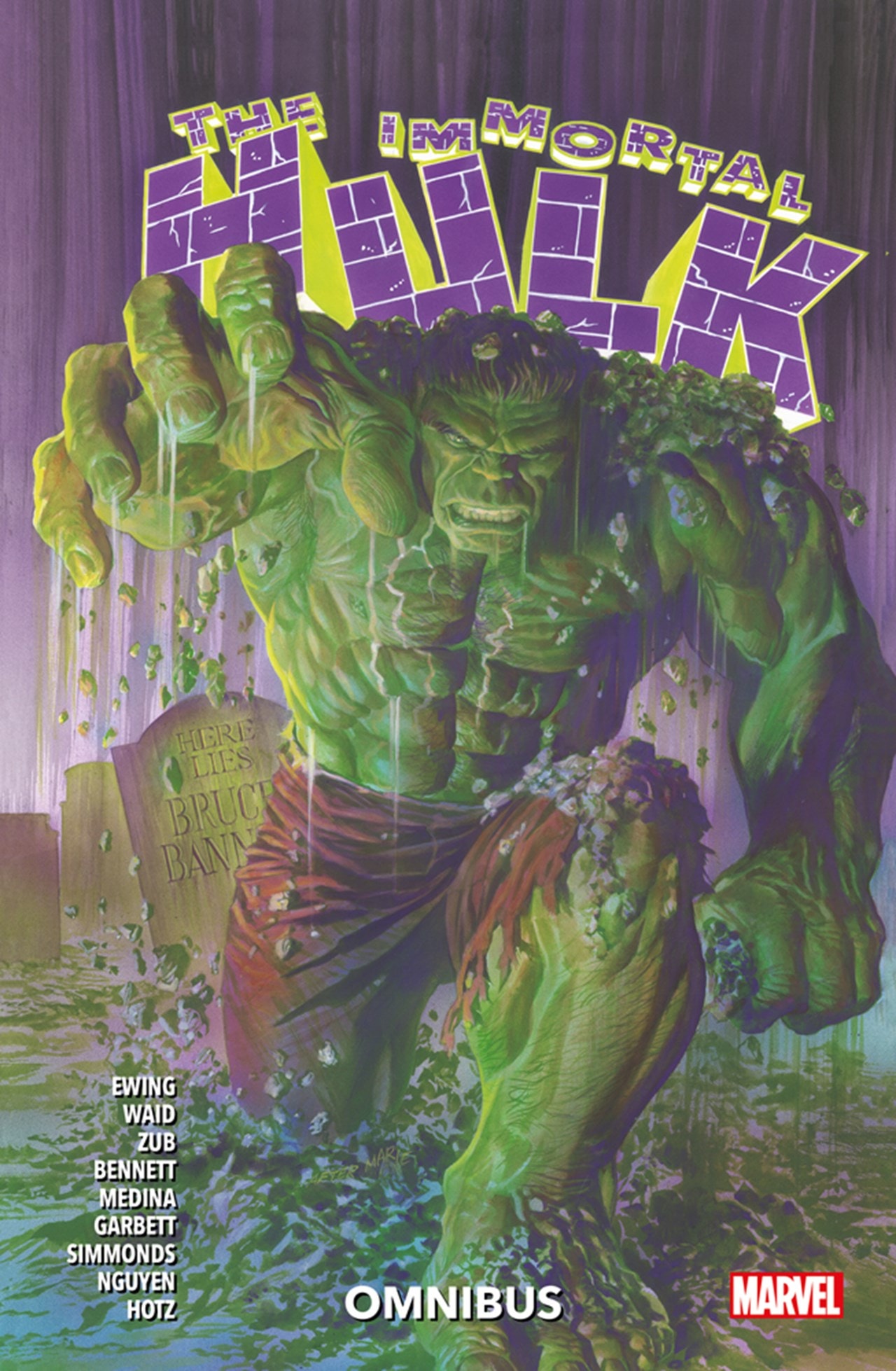
This is in a hard science fiction environment of the future, set in an alien society divorced as far as Ewing is able from human existence. However, the horror that’s provided the greatest talking point is a single extended chapter pontificating on what the Hulk may become, his destiny laid out as the Breaker of Worlds. It’s with this section that Ewing’s passion slightly slips into satire that’s too obvious, although only briefly. There’s the real world horror of corporations prioritising profit over the greater good and having the resources to avoid ever properly being held to account for their actions. There’s the horror of a single-minded, deluded individual with mountains of government cash at his disposal not caring how many people are harmed or killed as long as he fulfils his objective.


There’s the Dissociative Identity Disorder, which Ewing doesn’t trivialise, showing Bruce Banner constantly conflicted by several Hulk identities, with nightclub bouncer Joe Fixit reintroduced for the opening arc. With artist Joe Bennett a willing partner, Ewing continues to treat the Hulk as a horror series, but exploring the genre through a number of different filters beyond the obvious one of the Hulk himself being a modern day equivalent of Frankenstein’s Monster.

They take Bruce Banner/the Hulk some distance, beginning with his return from Hell and ending with him involved in a very personal war with Corporate America. There was enough innovation and redefinition over the first Immortal Hulk Omnibus to satisfy the most jaded former Hulk reader, yet also enough that was reassuringly familiar, and that’s the pattern Al Ewing continues with these fifteen chapters.


 0 kommentar(er)
0 kommentar(er)
